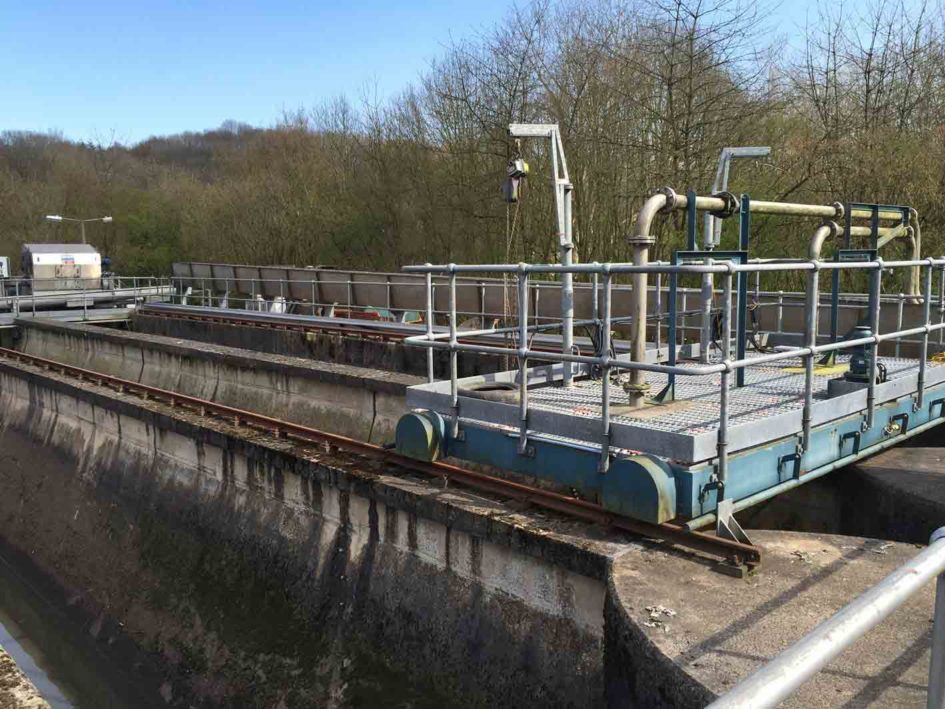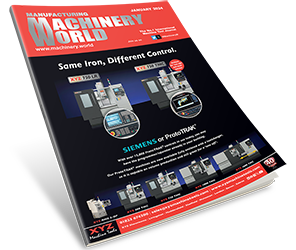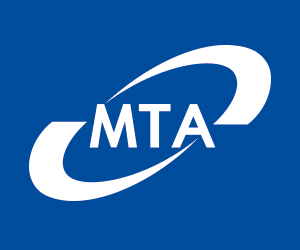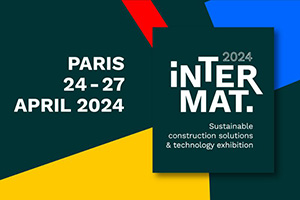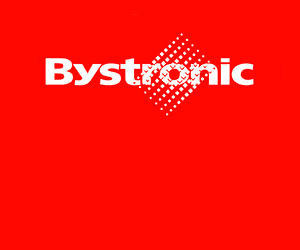When Severn Trent Water needed to replace the cable management system on its grit tank at Coalport Sewage Treatment Works (STW), the company didn’t just want to replace like for like. Although the old system had been in service for years, it had several flaws, so this was an opportunity to completely redesign and improve the whole cable management system.
A grit tank is the first filter in the treatment of raw sewage, part of the primary treatment process. Essentially, the tank, which is 24 metres long, slows down the flow of water so that the ‘grit’, which can be anything from sand, pebbles and stones, can settle to bottom. Across the tank is a bridge, which slowly moves up and down its length dredging up the grit. Its removal is particularly important, since it can otherwise cause excessive wear and tear on pumps and other plant equipment during the secondary treatment process.
The bridge is driven by an electric motor with the electrical functions, such as controls, I/O and sensors, running alongside. The original system was worn out and needed replacing with something robust and reliable.
A well-known specialist in water and wastewater treatment work, within the construction and civil engineering industry, was contracted by Severn Trent Water to provide a replacement solution for the bridge. The company’s experience spanned across the full spectrum of capital works – from source to tap and sink to river. Regarding power provision for the bridge, the contractor approached igus, the motion plastics expert, for advice.
There are various cable management options, with each one having its merits and flaws. Festooning the cables along the tank was a popular solution in the past – though these systems are prone to failure in adverse weather and the hanging cables can snag, look untidy and are rarely used these days. Traditional energy chains are a good, commonly used solution, though as open systems they are also at risk of damage over time. A cable reeling drum is another obvious choice, since it is neat and tidy. However, over time, the spring in the small cable reeling drums and the larger ones, which have a clutch and motor, tend to wear out. In addition, as the drum carries only one cable, a custom hybrid cable is required to carry all the services, with an accompanying high price tag.
igus provided a full turnkey cable management system for the bridge. Completely enclosed and thus insensitive to dirt, dust and humidity, as well as harsh environmental conditions, “basic flizz” is particularly suitable for automated applications. The compact system routes energy, data and media for travels of up to 120m. At the heart of the system is an energy chain that guides and protects moving media and control cables within a metal guiding channel. The latter ensures a compact and easy to attach containment which protects the e-chain from debris such as branches or ice build-up.
“igus supported the contractor on this project right from the start,” says Mark Smith, Projects & Installations Manager at igus. “We worked closely with its engineers and project managers throughout every aspect to get a complete, reliable solution. The basic flizz cable management system is modular in design and thus easy to install. It’s fully enclosed and so protected from the elements and its polymer e-chain enclosed design make it robust and maintenance free.”
During the project, igus collaborated closely with the contractor and took full control of the cable management replacement project. Not only did the company design, manufacture and install the system, it also carried out the necessary site surveys, helped with commissioning and provides ongoing aftercare.
For more information about flizz, please visit: www.igus.co.uk/flizz


